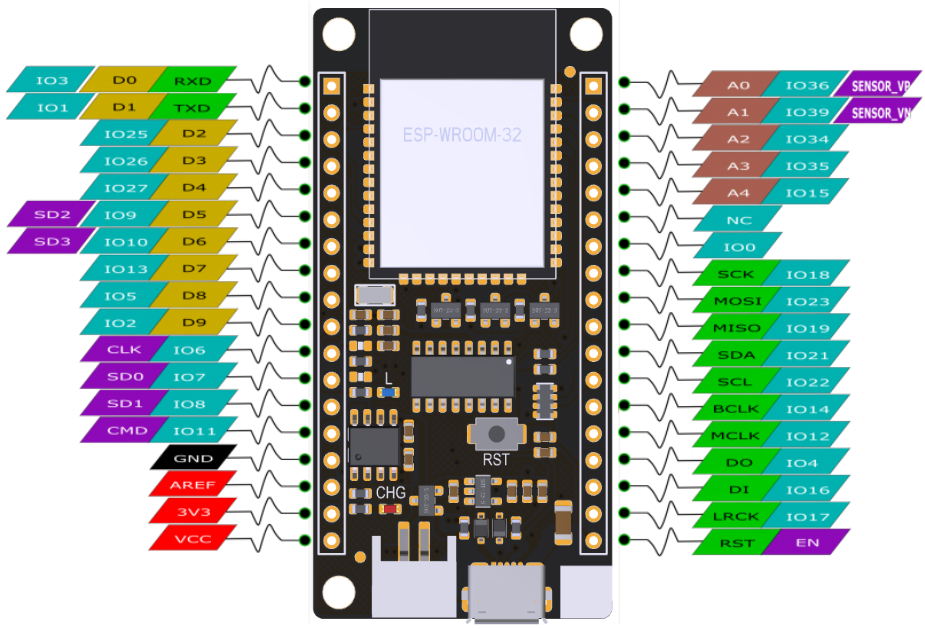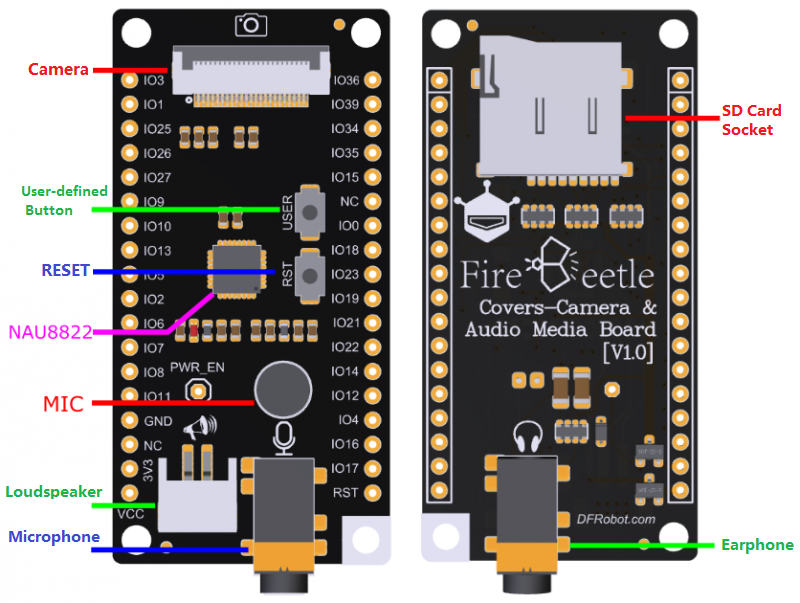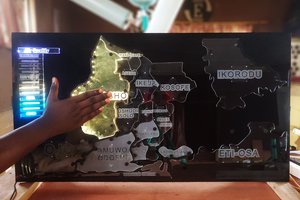Since some air pollutants can react with each other and spread very rapidly, precedence must be given to detecting highly reactive gases (air contaminants), such as ozone (O3) and nitrogen compounds (NOx, NOy). Thus, in this project, I decided to focus on ozone (O3) and nitrogen dioxide (NO2) concentrations, which denote dangerous air pollution.
In ambient air, nitrogen oxides can occur from diverse combinations of oxygen and nitrogen. The higher combustion temperatures cause more nitric oxide reactions. In ambient conditions, nitric oxide is rapidly oxidized in air to form nitrogen dioxide by available oxidants, for instance, oxygen, ozone, and VOCs (volatile organic compounds). Hence, nitrogen dioxide (NO2) is widely known as a primary air pollutant (contaminant). Since road traffic is considered the principal outdoor source of nitrogen dioxide[1], densely populated areas are most susceptible to its detrimental effects. Nitrogen dioxide causes a range of harmful effects on the respiratory system, for example, increased inflammation of the airways, reduced lung function, increased asthma attacks, and cardiovascular harm[2].
Tropospheric, or ground-level ozone (O3), is formed by chemical reactions between oxides of nitrogen (NOx) and volatile organic compounds (VOCs). This chemical reaction is triggered by sunlight between the mentioned air pollutants emitted by cars, power plants, industrial boilers, refineries, and chemical plants[3]. Depending on the level of exposure, ground-level ozone (O3) can have various effects on the respiratory system, for instance, coughing, sore throat, airway inflammation, increased frequency of asthma attacks, and increased lung infection risk. Some of these detrimental effects have been found even in healthy people, but symptoms can be more severe in people with lung diseases such as asthma[4].

Credit: epa.gov
Since nitrogen dioxide (NO2), ozone (O3), and other photochemical oxidant reactions and transmission rates are inextricably related to air flow, heat, and ambient humidity, I decided to collect the following data parameters to create a meticulous data set:
- Nitrogen dioxide concentration (PPM)
- Ozone concentration (PPB)
- Temperature (°C)
- Humidity (%)
- Wind speed
After perusing recent research papers on ambient air pollution, I noticed there are very few appliances focusing on collecting air quality data, detecting air pollution levels with machine learning, and providing surveillance footage for further examination. Therefore, I decided to build a budget-friendly and easy-to-use air station to forecast air pollution levels with machine learning and inform the user of the model detection results with surveillance footage consecutively, in the hope of forfending the plight of hazardous gases.
To predict air pollution levels, I needed to collect precise ambient hazardous gas concentrations in order to train my neural network model with notable validity. Therefore, I decided to utilize DFRobot electrochemical gas sensors. To obtain the additional weather data, I employed an anemometer kit and a DHT22 sensor. Since FireBeetle ESP32 is a compact and powerful IoT-purposed development board providing numerous features with its budget-friendly media (camera) board, I decided to use FireBeetle ESP32 in combination with its media board so as to run my neural network model and inform the user of the model detection results with surveillance footage. Due to the memory allocation issues, I connected all sensors to Arduino Mega to collect and transmit air quality data to FireBeetle ESP32 via serial communication. Also, I connected three control buttons to Arduino Mega to send commands to FireBeetle ESP32 via serial communication.
Since the FireBeetle media board supports reading and writing information from/to files on an SD card, I stored the collected air quality data in separate CSV files on the SD card, named according to the selected air pollution class, to create a pre-formatted data set....
Read more » kutluhan_aktar
kutluhan_aktar



 Ahmed Oyenuga
Ahmed Oyenuga
 Initial State
Initial State

Please feel free to leave a comment here if you have any questions or concerns regarding this project 😃